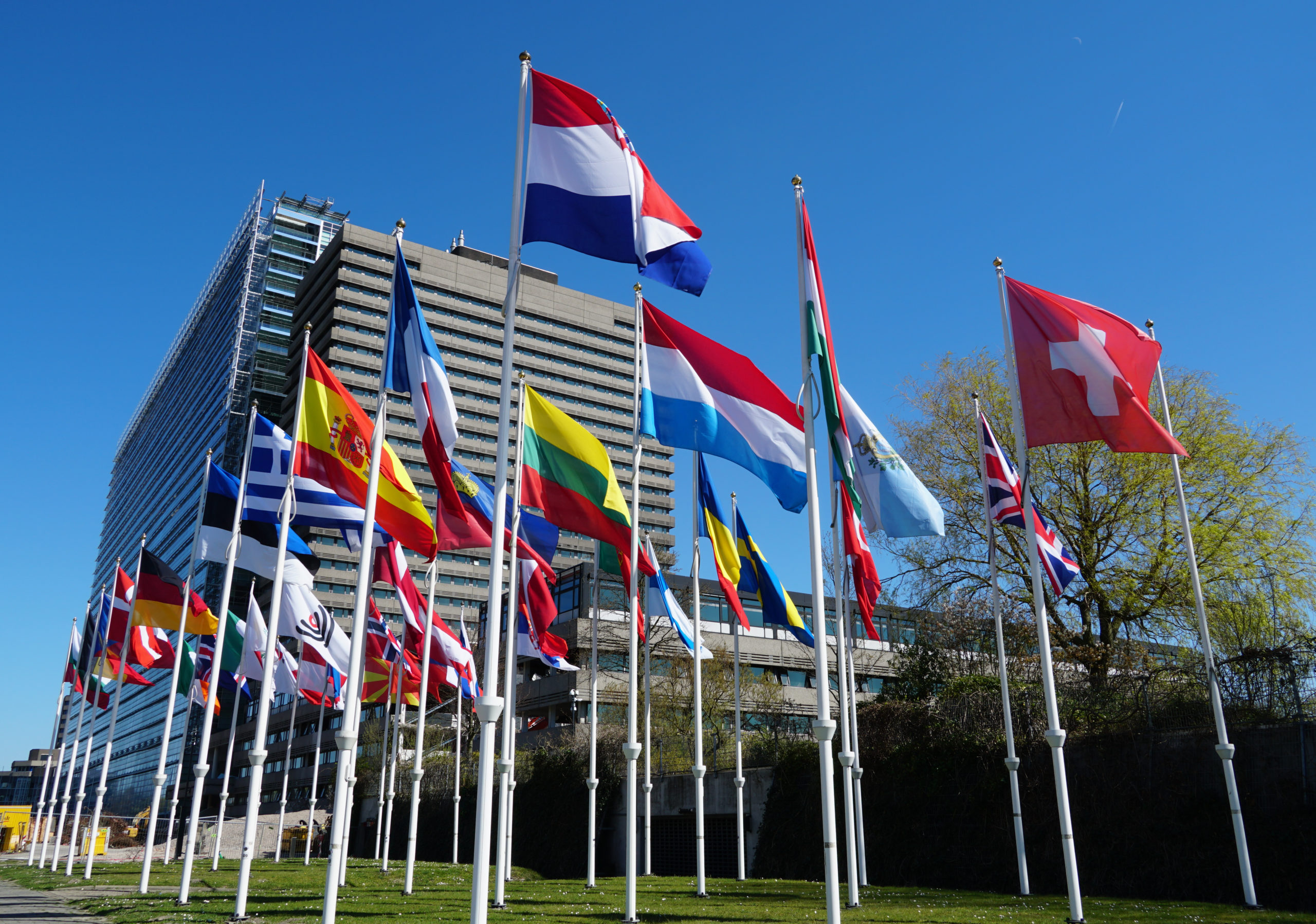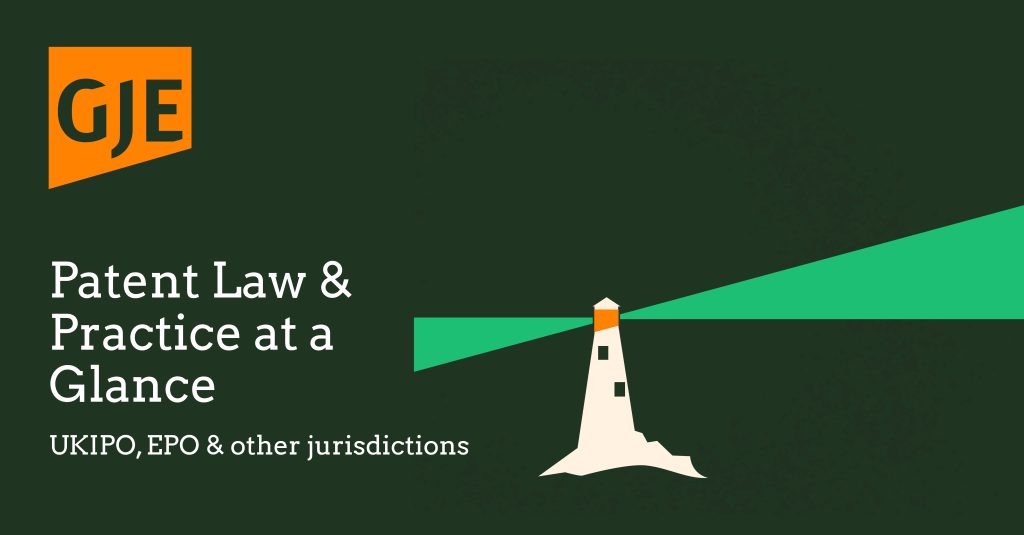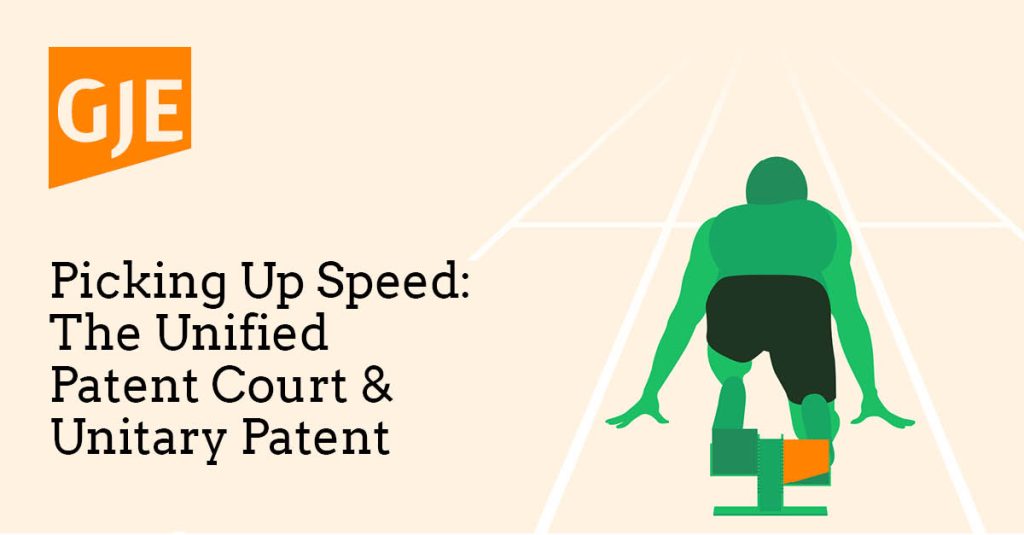
The world of European patent law has since its beginning been an ever-changing one, unsurprisingly given its basis in the development of new technologies. In the last year, the Covid-19 pandemic has meant that the European Patent Office (EPO) has had to rapidly adapt its practice on inter partes opposition and appeal hearings. The parties and representatives who are involved in the cases have had to adapt as well.
The coronavirus-generated difficulties in 2020 led to the EPO holding all first-instance opposition hearings by video conference. In the initial phase of this initiative, in any case where one of the parties didn’t agree to use video conference, the hearing would be postponed. Recognising that difficulties would continue for quite some months and that this consent-only policy was leading to many postponements, the EPO then adapted its policy so that by default all opposition first-instance hearings would take place by video conference unless the parties had strong reasons for disagreeing.
The boards of appeal followed suit. Initially, they allowed hearings to take place by video conference, but first required detailed reasoning why a party or its representative could not attend in person. Video conference hearings took place, but only where all parties consented to the format. As with the first-instance hearings, it became clear that this was leading to rather a lot of hearings being postponed, sometimes for over a year.
So in late 2020, the boards of appeal announced a consultation on a rule change allowing a board to insist that a hearing must go ahead by video conference even without the consent of all the parties to this format, rather than postponing the hearing. Many responses were received despite the short consultation period and a somewhat modified version of the proposed rule was adopted by the boards of appeal.
According to the new rule, from 1 January 2021, the boards can insist on a hearing being held by video conference even if all parties do not agree. The new rule also expressly allows for participants to join by video conference even if other participants are present in person (a “mixed-mode” hearing).
Under these new rules many hearings, both first-instance and appeal, have been held by video conference and at the appeal stage, mixed-mode hearings have been held as well. The EPO is making great efforts to educate parties and representatives in the details of how the system works. There is of course the occasional technical hitch, but in general, reports are that these hearings run smoothly and without major problems. (So far no reports have come in of any representatives accidentally switching on a cat filter and being unable to remove it.)
The first-instance divisions plan to continue with this system until at least mid-September and will review progress later this year. The boards of appeal are intending for their new rule to be enshrined into law by the EPO’s Administrative Council.
However, there has been a recent twist in the tale. Early in February, a board of appeal decided to refer to the Enlarged Board of Appeal (EBA, the EPO’s over-arching body for reviewing legal questions) the question of whether it is legal under the European Patent Convention to insist on holding an appeal hearing by video conference without the consent of all the parties.
In the case in question, the board called the parties to a hearing by video conference. One party had not consented to the hearing being by video conference and at the hearing they argued that the question of whether the new policy is legally permissible should be considered by the EBA. The board in question agreed and will refer a question to the EBA. The precise wording of the question has not been published, but the proposal by the opponent was to ask whether a hearing can be conducted by video conference if the parties do not agree to it.
The process for having a question decided by the EBA is usually a lengthy one, often taking up to a year or more. So even if the EBA implements an accelerated timetable, the question may not be resolved for some months.
In the meantime, the question arises of how do the boards of appeal handle the situation? In many cases, all parties are in agreement to hold the hearing by video conference, and such cases can of course go ahead. However, where one or more parties don’t agree, what will the boards do in the meantime? Will they follow the new rule and insist on going ahead by video conference? Or postpone and await either the answer from the EBA or the return of the ability of parties to gather in a hearing room at the EPO?
The first-instance opposition divisions are meanwhile pressing on with their pilot project, and holding their hearings by video conference. Representatives are working with the new format and patent proprietors and opponents are getting involved and recognising the benefits that can arise despite the potential disadvantages. Although there is undoubtedly a difference in the human connection between the representatives and the examiners, on a practical level video conference hearings can make participation by inventors and overseas clients much easier, and provide more straightforward access to the public.
So whilst we cannot know how the EPO will handle hearings once we return to a situation closer to the world we knew before Covid-19, all those involved are learning rapidly about the new way of presenting cases. As in so many other areas of life over the last year, video conference technology has enabled the EPO to continue with its work in deciding on contentious cases, and it will be fascinating to see what role it plays in years to come.
If you would like more information on the changes to EPO hearings, or have any question in relation to the matters discussed in this update, please find my contact details on my website profile here or contact us at gje@gje.com.


